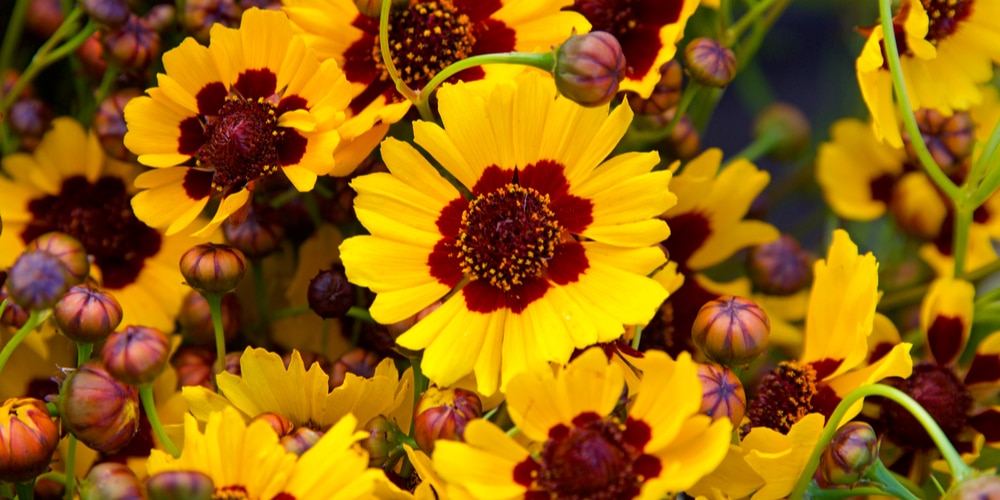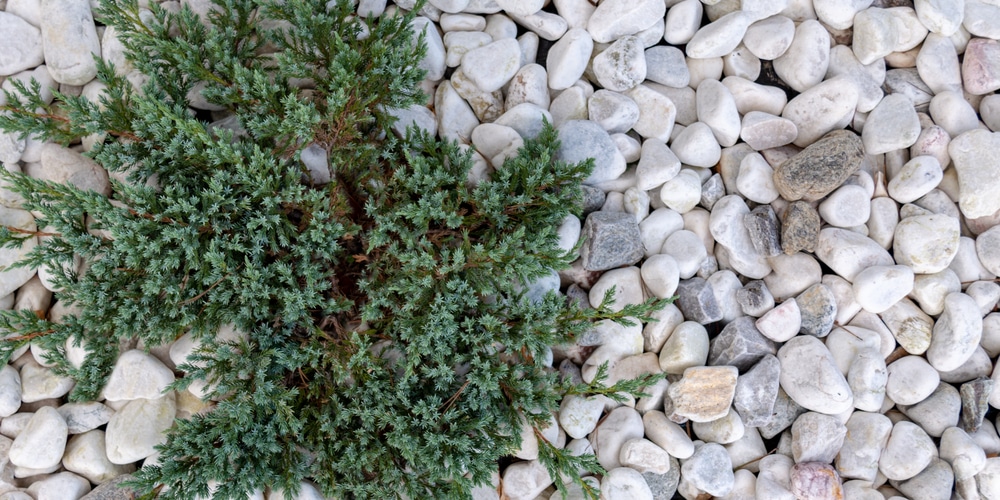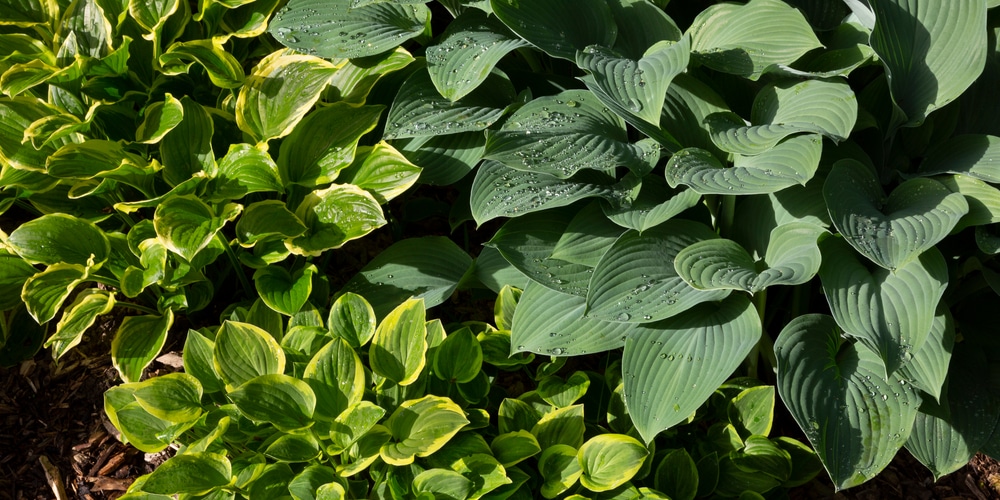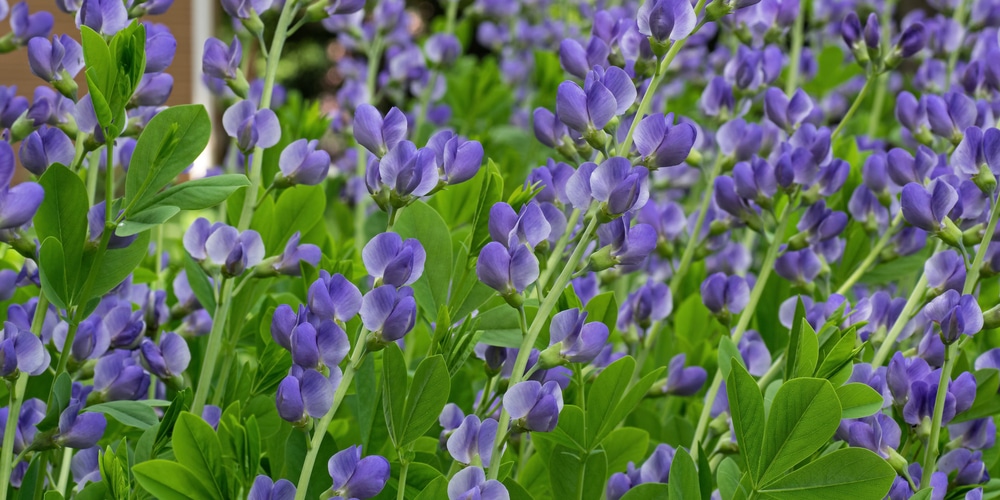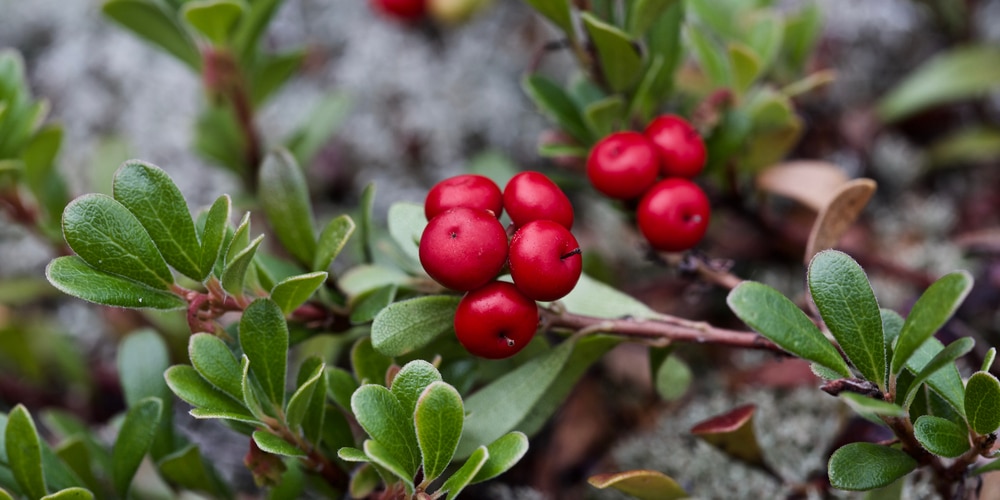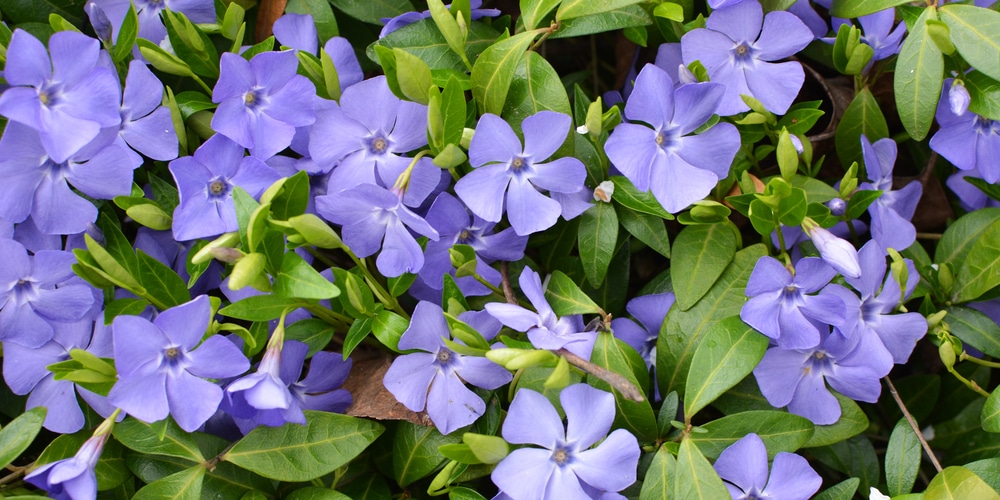Clay soil is well known for its poor drainage, which makes it tricky to plant different types of plants. To get around the problems associated with growing plants in clay soil, many gardeners prefer using ground covers that can survive the less-than-ideal growing conditions. The most exciting thing about ground covers is that they do well in high-traffic, shaded areas where turf doesn’t grow well as well as steep slopes and dry spots.
Importantly, while a variety of ground covers do well in clay soils, choosing the best can be daunting. This post will cover some of the best groundcovers for clay soil that you can use to improve your landscape and add a pop of color to your garden.
Best ground covers for clay soil
A number of groundcovers do well in clay soil. Here is a list of ground covers you can consider for your garden with clay soils.
1. Brown headed creeping rush. (Juncus Phaeocephalus)
This plant’s ability to cover large ground makes it a better option for covering open spaces in a lawn or garden. It fills up a whole large space with flat stems and showy brown flowers that sway in line with wind direction giving your home a lovely, lively, and beautiful feel once the flowers blossom. Gardeners in hardiness zones 7 to 10 can rely on these plants to cover their yards with clay soil. However, the plant is not edible because of its high amount of acidic content.
2. Coreopsis (Coreopsis spp.)
Coreopsis are low-maintenance plants, making them a go-to option for many gardeners searching for ground covers. They produce several bright daisy-like blooms that fill a compound with liveliness and beauty. The flowers can be of several colors ranging from pink, red, orange, and mainly yellow. They add a sense of happiness to the dry clay soil that would have otherwise been idle. When compared to other flowering ground covers, coreopsis is actually the best.
3. Creeping Juniper ( Juniperus horizontalis)
If you live in a steep area or just wish to fill sidewalk gaps, creeping juniper is a good ground cover option. It is a naturally evergreen shrub with a pleasant smell that adds an aroma to your home. The shrubs can grow in any soil but are best known for clay soil covering. Maintenance is minimal, and they don’t even need to be pruned. However, they are easily attacked by insects and pests, and other fungal diseases.
4. Hostas (Hosta spp.)
If you are dealing with clay soil and problematic shade areas, planting Hostas is an easy solution. They are known to excel in shady and dark spots. The plants come in unlimited colors, textures, and heights. Even though they can withstand drought, the plants do well in moist soils, making clay soil the best soil to plant them.
5. Baptisia ( Baptisia Australia).
Baptisias are drought and poor soil-resistant, thus making them a good option for clay soils. They slowly develop a substantial root system that shouldn’t be disturbed as they grow. They feature purple flowers on blue false indigo long spikes that later produce charcoal black seed pods. The seed pods can be used for games such as children’s rattles. After blooming, you can trim the foliage to help maintain its rounded appearance.
6. Bearberry( Arctostaphylos uva-ursi).

Bearberry plants are known to thrive in poor soils like clay soil. They can be used to cover shaded areas and rocky areas. They spread easily on the nearby rocks, walls, and the nearby open land. This is a good option for planters seeking low-growing ground covers. They grow up to about 6-12 inches above the ground. They usually produce red cherry berries that bear love to eat.
7. Vinca (Vinca spp.)
This is one of the most versatile options for ground covers that can grow in various soil conditions but does best in clay soil. The plant produces tiny purple, white, or blue blooms and features evergreen leaves. They bloom best when exposed to full sunlight but can also bloom relatively well when planted under shrubs and trees. You can plant them either with bulbs or their seedlings.
The Best Ground Covers For Clay Soil: Conclusion
Even though clay soil is classified as poor soil, some plants can still grow in it. However, if you have a large open space, or several uncovered areas of your compound, planting either of the above plants will help you get the ground properly covered and beautiful.
Related Article: A Guide to Planting Grass in Clay Soil
